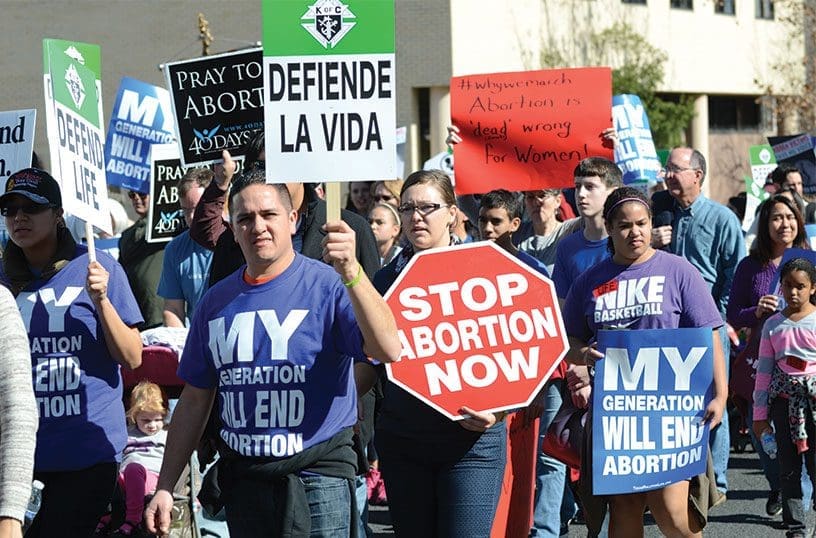A new study out of the University of Houston found that nearly 8,000 more children were born in Texas in 2022 after a law took effect that restricts abortion once a baby’s heartbeat is detected.
Published in January by the university’s Institute for Research on Women, Gender, and Sexuality, the study looked at the impact of one year of the Texas Heartbeat Act, passed during the Texas Legislature’s 87th session as Senate Bill 8.
The law took effect September 1, 2021.
Researchers found that nearly 1,000 more children were born every month in 2022 compared to 2021, causing the Texas birth rate to jump by 2 percent at year’s end. That is the first time Texas has experienced a birth rate jump since 2014.
The changes were most pronounced among Hispanic women, with an 8 percent increase. Hispanic women ages 25-44 years old had an even higher spike, at 8.5 percent.
However, the hike for non-Hispanic women was considerably lower or nonexistent. Among non-Hispanic Asians, the birth rate increased by only 0.94 percent. It dropped by 1.95 percent for non-Hispanic whites, and for non-Hispanic blacks, it declined by 0.55 percent.
Teenage pregnancies increased for the first time since their steady decline began in 2007, but only slightly. The rate is now at 20.4 births per 1,000, up from 20.32 births per 1,000 in 2021—a 0.39 percent rise.
The study noted that Texas’ teenage birth rates also differed significantly depending on race/ethnicity. For Hispanic, non-Hispanic black, and non-Hispanic Asian teenagers, the birth rate rose. For non-Hispanic white teenagers, the rate continued to fall.
Kimberlyn Schwartz, director of media and communication at Texas Right to Life, celebrated news of the study’s results in a statement provided to Texas Scorecard. Her group had been central in pushing for the Heartbeat Act when it was in the Texas Legislature.
“This new study highlights the power of our movement, that there are 8,000 children alive today who otherwise could have been aborted,” Schwartz said. “The Texas Heartbeat Act has saved not only these lives but the generations that will come after them.”
Still, “our work is not done there,” she added. “We look forward to helping the mothers and families of our state care for their children through our ministry.”
The study out of the University of Houston’s corroborates an earlier study by Charlotte Lozier Institute associate scholar Michael J. New, a visiting associate professor at the Catholic University of America, in November 2022.
At the time, New found that the number of births between March 2022 and July 2022 increased by over 5,000 compared to the same period in previous years, creating a “compelling indication that the Texas Heartbeat Act has already played a vital role in saving thousands of lives in the Lone Star state.”
A later study in the Journal of the American Medical Association, dated June 2023, found that the total number of facility-based abortions provided to women decreased by 38 percent after only one month of SB 8’s implementation.
Beyond the Heartbeat Act, Texas passed another measure in 2021 restricting abortions in anticipation of the U.S. Supreme Court sending regulation of the procedure back to states.
The legislation took effect a year later after the high court overruled the nearly 50-year Roe v. Wade precedent of a federal constitutional right to an abortion in its Dobbs v. Jackson Women’s Health Organization decision.
That measure, House Bill 1280, amended the Texas Health and Safety Code to prohibit almost all new abortions and punish abortion providers who violate the restrictions.
Performing an abortion is currently illegal in Texas except to save the life of—or prevent substantial damage to—the mother. There are also exceptions for ectopic pregnancies or if a mother’s water breaks too early for the baby to survive.




